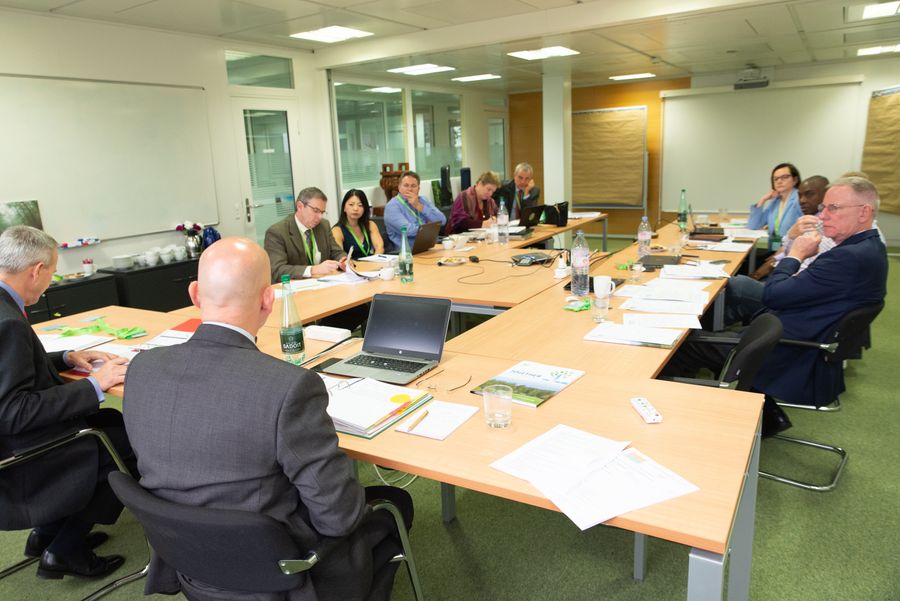Last year, PEFC revolutionized forest certification by moving it out of the forest. Now, people and organizations owning or managing trees growing outside of forests can achieve PEFC certification of their sustainable management practices.
This is a big leap forward. But what does it really mean on the ground?
Trees outside forests are immensely important for rural communities around the world. Millions of people rely on this resource to provide them with food, materials and their livelihoods. If managed sustainably, they can contribute to rural development, food security and reduced poverty – vital Sustainable Development Goals (SDGs).
We find these trees throughout landscapes, from scattered on farms and settlement land, to growing in hedgerows and alongside fields. Often, trees are just one of many crops grown by a farmer or a community.
The challenge

For many smallholders, farmers and communities, managing their trees sustainably is second nature, and they have been doing so for generations. However, with no certification suited to their specific conditions, they face challenges accessing markets to sell their timber or non-wood forest products.
This is why we developed our pioneering approach towards certification of Trees outside Forests, also known as TOF.
Starting in 2015, we focused on an approach that would be practical and affordable to farmers and other land managers, while maintaining the stringent requirements of PEFC sustainable forest management certification. In this way, we have made it possible for landowners and managers to demonstrate the sustainable management of their trees.
“I have always been concerned that smallholders growing trees in agricultural landscapes are disadvantaged or even discriminated against in international markets. This is because it is difficult for them to meet international standards that apply to larger forest areas. So this is much needed,” said Tony Bartlett, Advisor to the ACIAR Forestry Program, speaking about PEFC TOF certification at the World Agroforestry Congress.
The next steps
In 2018, the PEFC General Assembly approved the requirements for Trees outside Forests, as part of the revised PEFC Sustainable Forest Management benchmark.
Following this approval, national forest certification systems need to develop their own TOF certification in line with the international requirements, but adapted to local conditions. Leading the way is India. Currently in a draft state, stakeholders will soon submit it to PEFC for endorsement.
Once the Indian TOF standard has achieved PEFC endorsement, smallholders in the country will be able to apply for PEFC certification for their trees outside forests – the first in the world to do so.
Implementation of TOF
Part of the PEFC Sustainable Forest Management benchmark, specific requirements within the benchmark have been adapted for the unique TOF context. For example, rather than the management aiming to maintain or increase forests and their ecosystem services (8.1.1), the management instead aims at maintaining or increasing the cover, value and/or diversity of trees in the landscape and their related ecosystem services.
source: https://pefc.org/news/trees-outside-forests-pefc-reaches-beyond-forests









 PEFC General Assembly, November 2018, Geneva
PEFC General Assembly, November 2018, Geneva PEFC International Board meeting, November 2018
PEFC International Board meeting, November 2018
